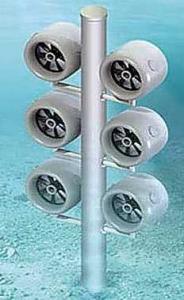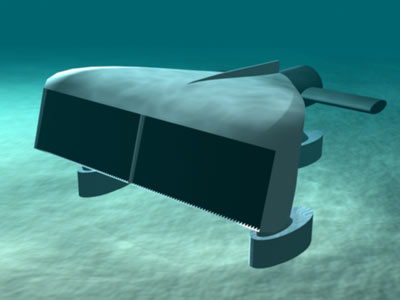Now we know what Heidi Hamilton’s up to!
January 3rd, 2009
Now we know what Heidi Hamilton’s up to since she left Northfield — it’s in today’s STrib:
A snippet:
But shouldn’t Steve Brandt be covering the developments in the CapX 2020 transmission project? The application for routing of the Brookings line is now in… see NoCapX 2020!
Hydrokinetic Power in MN
December 18th, 2008

I’ve been hearing rumblings, and finally am getting around to doing the background on this, and I was shocked and most pleased to find that there are FOUR projects proposed for Minnesota. FOUR! One each at Lock and Dams 2, 3, 4, and 7.
Lock and Dam #2 is in Hastings, and that project has been issued a permit by FERC – here’s the permit (the application isn’t there, they’ve got a link mix-up that I hope will be fixed):
Here are the other ones that I could find on the FERC site. First is the one for the Lock & Dam by Red Wing, immediately south of the Prairie Island nuclear plant:
After the applicants fix the holes in the application, FERC will have a comment period, probably at least 30 days, I need to look at one that’s been through the process to be sure.
And here we are going south — the Lock & Dam numbers go up as they go south:
This is new, and needs vetting, but I’m excited at this possibility, particularly as back up for wind for dispatchable power. And I really like that it’s right here in Red Wing. The Red Wing project is 11 MW, 1% of Prairie Island, but from the FERC site, the projects already on track equal 1500+ MW, and that’s 1.5 Prairie Islands, and that’s significant! One issue of concern, in addition to fish impacts (do you see fish screens on either of these pictured?), is the implications of further dependency on water for power generation. There is already concern in the transmission world about the impacts of low water level on power plants, the concern being that if the water’s really low, they shut down, and then what does that do to the grid generally (crash it?). Increased dependence on water will amplify that problem, I’d think. On the other hand, the hydrokinetic generation doesn’t take water, it just passively uses it, unlike the millions of gallons a day going through a coal or nuclear plant with a percentage going up into the air through cooling towers and not into the river.
Here’s one of those intense regulatory process charts with circles and graphs and arrows and lots of colors:
Here’s some FERC info:
And from Fish & Wildlife:
Fish & Wildlife Service – Mississippi River Primer & Concerns
Oh, and duh, here’s the rules:
Speaking of cooling towers, there’s a hydrokinetic project proposed for NRG’s Indian River Power Plant, in the water intakes or discharge… gotta check that out, and it will be on a following post. But the issue with that project is that the hydrokinetic project may be used as justification not to go to a cooling tower or zero water system… so… it’s mixed…
Here’s another version of a hydrokinetic turbine:
